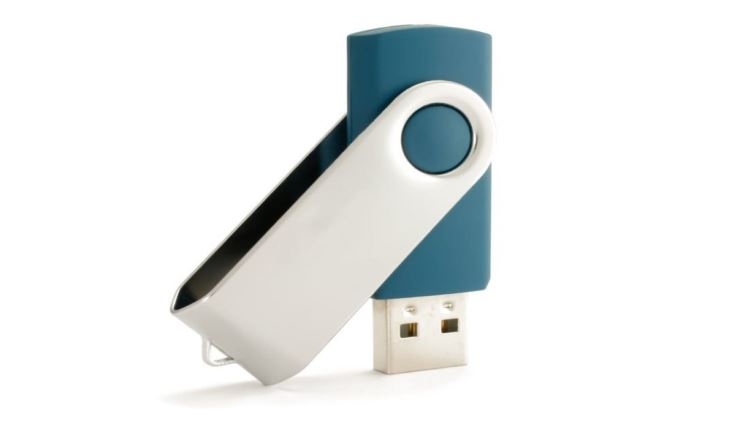The Evolution and Mechanics of Data Transfer in USB Technology

Introduction:
Universal Serial Bus (USB) technology has become an integral part of our daily lives, enabling the seamless transfer of data between devices. From connecting peripherals like keyboards and mice to transferring large files between computers, USB has revolutionized the way we interact with our devices. In this article, we’ll explore the evolution and mechanics of data transfer in USB technology.
Evolution of USB:
The journey of USB technology began in the mid-1990s, and since then, it has undergone several iterations to keep pace with the increasing demands for faster and more efficient data transfer. The USB 1.0 standard, introduced in 1996, offered a maximum data transfer rate of 1.5 Mbps. Subsequent versions, such as USB 2.0 (480 Mbps) and USB 3.0 (5 Gbps), significantly improved transfer speeds.
USB 3.0 brought about a crucial enhancement known as SuperSpeed, which not only increased data transfer rates but also introduced full-duplex communication, enabling simultaneous data transfer in both directions. USB 3.1 and USB 3.2 further elevated these speeds, reaching up to 10 Gbps and 20 Gbps, respectively.
USB 4.0, the latest standard at the time of this writing, introduced even more remarkable improvements, offering a maximum data transfer rate of 40 Gbps. USB 4.0 also supports Thunderbolt 3 technology, providing enhanced capabilities such as dual 4K display support and 100W power delivery.
Mechanics of Data Transfer:
The USB data transfer process involves several key components and stages, each contributing to the overall efficiency and reliability of the connection.
Connector Types:
- USB connectors come in various shapes and sizes, including Type-A, Type-B, Micro-USB, Mini-USB, and USB-C. Each connector type serves specific purposes, ranging from connecting standard peripherals (Type-A) to modern, reversible connections (USB-C).
Cables:
- USB cables play a crucial role in data transfer. The quality and specifications of the cable determine the maximum data transfer speed. USB 3.0 and later versions typically use a blue color-coding on connectors and cables to indicate higher data transfer capabilities.
Data Transmission Modes:
- USB supports different data transmission modes, including bulk, control, isochronous, and interrupt. Each mode is designed for specific types of data transfer, ensuring optimized performance for various applications.
Protocols and Standards:
- USB relies on protocols and standards to facilitate communication between devices. USB Implementers Forum (USB-IF) oversees the development and maintenance of these standards, ensuring compatibility and interoperability across devices from different manufacturers.
Data Transfer Protocols:
- USB utilizes various data transfer protocols, such as USB Attached SCSI (UAS) for storage devices and USB Video Class (UVC) for webcams. These protocols define how data is packaged, transmitted, and received, ensuring seamless communication between devices.
Conclusion:
The evolution of USB technology has been marked by a relentless pursuit of faster and more efficient data transfer. From its humble beginnings in the mid-1990s to the high-speed capabilities of USB 4.0, USB has become a ubiquitous standard in modern computing and connectivity.
Understanding the mechanics of data transfer in USB is essential for users and developers alike. As USB technology continues to evolve, it is likely to play a pivotal role in shaping the future of data transfer, offering faster speeds, improved power delivery, and enhanced capabilities for a wide range of devices.





